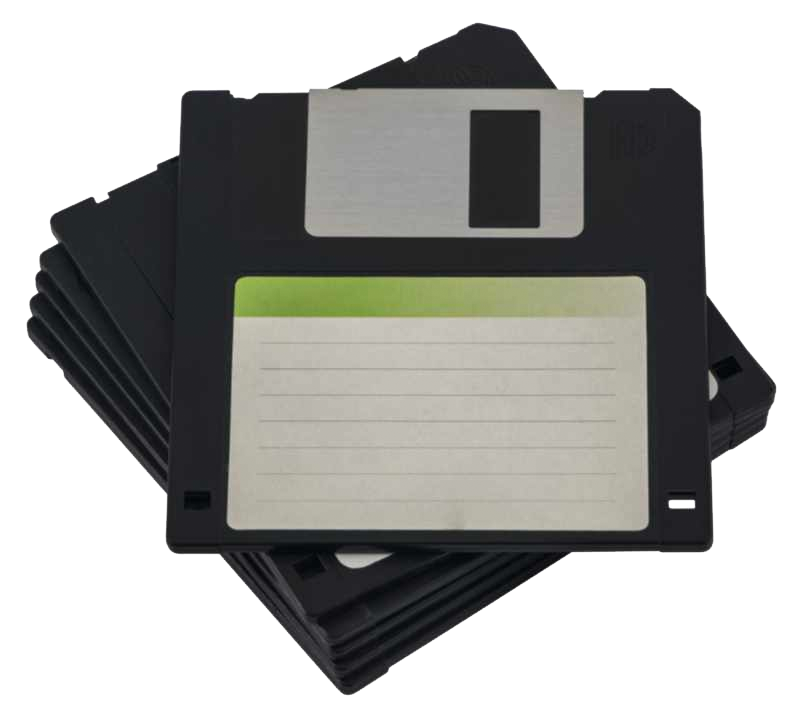
Released in 1981, Sony’s 161.2kb magnetic disk wasn’t widely adopted by the market until 1982, when manufacturers agreed to standardize Sony’s design specifications, favouring it over the larger, superseded, 5 1/4" format.
Like its predecessors, the disk format served as a universal data medium in consumer and commercial applications. The 3.5" disk would differentiate itself, from its floppy predecessors, with a rigid plastic housing, and feature a metal slide-out shield that would draw back to reveal the magnetic recording surface during operation. This allowed for built-in disk protection, an improvement over the previous offerings that left a portion of the disk exposed.
During it’s lifespan, Apple’s use of Group Coded Recording, an encoding process used previously in 5 1/4-inch systems, would see the 3.5-inch data capacity increase to 400kb on their Macintosh computers. Later, further improvements would lead to a “High Density” variant that increased capacity potential to 1.44 MB.
Enduring through to the early 2000s, the format retains a visible place in contemporary computing, where the iconic design can often be found serving as a Save icon in much of today’s software.










